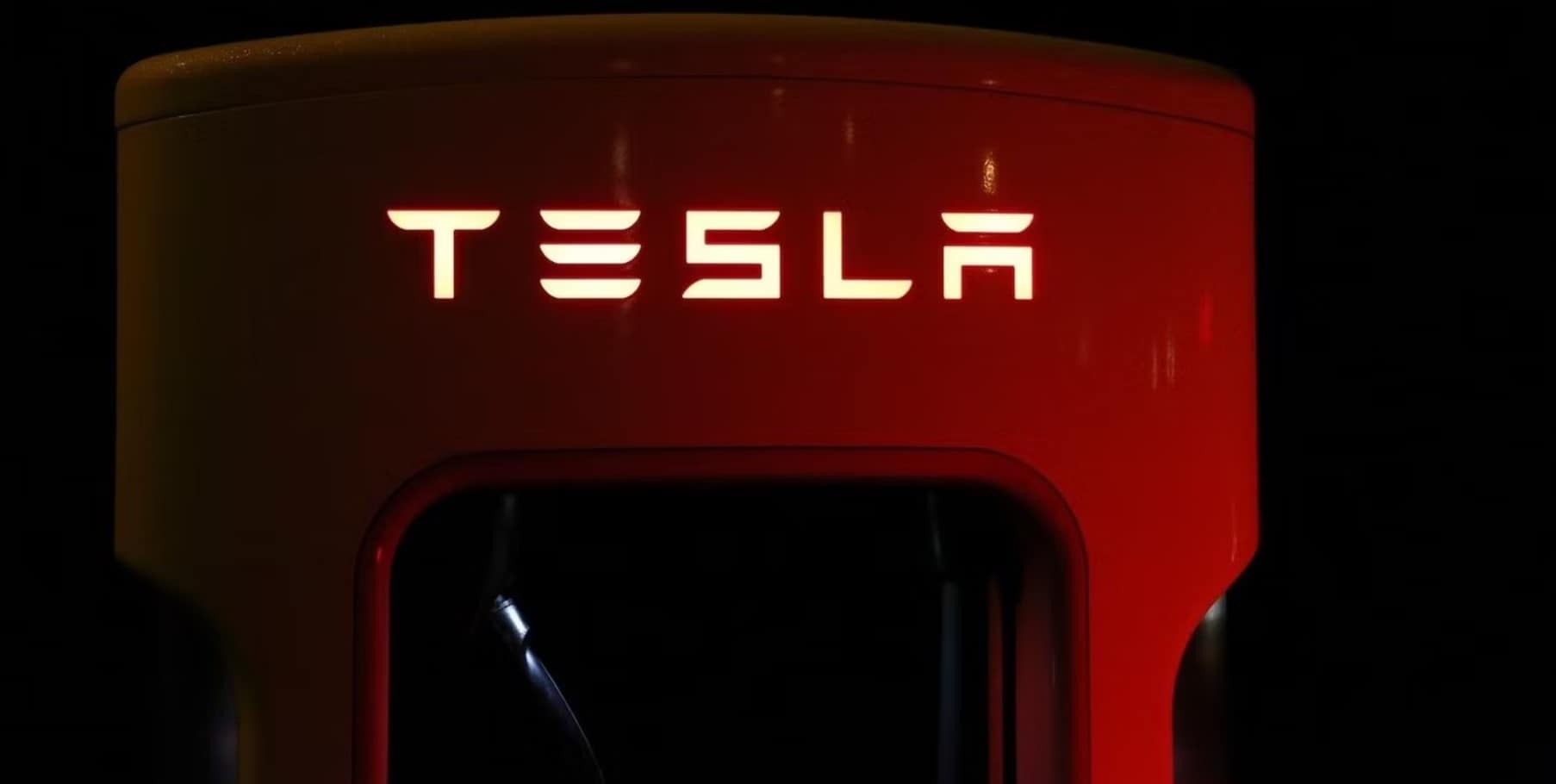Consumers are still getting used to the idea of purchasing an electric vehicle as their new ride, but maintenance of these vehicles is going to be a huge topic moving forward. While it is true that electric vehicles might not require regular oil changes or new spark plugs, they do require maintenance nonetheless.
Electric vehicles are built around their battery; it’s just as important as your vehicle’s engine. So, taking the necessary steps to maintain your battery is essential to successful EV ownership. So, how do you take care of your EV battery?
1. Monitor Your Battery’s Vitals
Your EV is full of sensors that monitor the health of many components around the car, including the health of your battery. Lithium-ion batteries must not overheat, so it’s important to monitor your battery’s temperature and ensure everything is working correctly.
There are some options if you want to monitor your battery’s health and want access to the advanced statistics your vehicle’s sensors are outputting. If you happen to own a Hyundai or Kia electric vehicle, there’s an app called EV Watchdog, which gives you access to tons of information regarding your EVs vitals. In addition, the app allows you to access the battery’s temperature, which is one of the most important ways you can care for your EVs battery.
If your EVs battery is overheating while charging or even during normal use, there’s definitely something wrong. The great thing about apps that allow access to these live stats is that they can potentially save your battery from premature failure. Running a hot battery might not prompt a warning light in your EV, especially if it occurs during the charging process. So, having access to live stats is vital to keeping your vehicle’s battery in top shape.
Other apps allow access to your EV diagnostic data, such as Leaf Spy Pro, which you can use to access onboard diagnostic data on all Nissan Leaf models. Leaf Spy Pro allows access to advanced data on your Leaf, allowing you to monitor how the vehicle is doing at a much deeper level.
With Leaf Spy Pro, you can check the battery’s temperature and how many kWh remain in the battery. This last statistic is super useful because you can monitor how your battery’s total capacity in kWh is decreasing over time. You can also access a stat called State of Health, which shows your battery’s state of health as a percentage.
2. Charge It Slowly
Level 2 and Level 3 chargers are amazing tools, allowing the electric vehicle to be a viable daily driver. With these fast charging technologies, you can go about your daily life without thinking twice about range anxiety. The difference between L1, L2, and L3 charging is in how fast they charge your vehicle and that L2 charging requires getting your home EV ready.
With DC fast charging and a compatible EV, you can take your electric vehicle on long road trips without worrying about range. With this technology, it’s theoretically possible to recharge your EV back to 80% in the time it takes you to stop and eat a burger. But, the convenience of charging your vehicle super quickly isn’t necessarily the best thing for your EV’s battery.
Charging your vehicle daily to a full state of charge isn’t the most ideal thing for your battery’s health. If you want to take care of your EV’s battery, you should use the L1 charger that comes with your vehicle, especially if your daily commute is less than 50 miles. By doing this, you’re making sure to charge the vehicle slowly using the 120V L1 charger.
This guarantees the battery doesn’t suffer unnecessarily or get warm and keeps it from reaching a full state of charge every night. By keeping your battery between 20-80% charge, you’re protecting your battery for the long run. Manufacturers add buffers that protect your battery from extreme states of charge and discharge, but it’s still best to play it safe.
3. Be Mindful of Extreme Temperatures
Batteries charge slower in freezing temperatures, and charging your EV in below-freezing conditions isn’t the best practice if you want to take care of your battery. The battery will charge slower, and there’s the possibility that its health could end up compromised. However, the solution isn’t as difficult as you might think. You can actually just take your vehicle for a drive if it has been parked outside during the winter and then proceed to charge it.
This ensures the battery gets up to the correct temperature and is prepared for charging. Some EVs allow battery preconditioning to be programmed via an app, allowing you to warm up your car’s battery and interior before leaving home. Teslas even begin preheating their batteries in anticipation of charging at a Supercharger while driving through their navigation system.
If you’re driving in the middle of winter and heading towards a DC fast charger, your EV (if so equipped) will begin preparing your battery for charging. This awesome feature guarantees your battery stays healthy and charges efficiently. In addition, battery preconditioning while at home allows the vehicle to warm up its battery using power from the grid.
Once the battery is adequately warmed up, you’ll have access to full regenerative braking for your trip, which might otherwise have been affected due to the cold climate. In addition, by preheating your EV’s interior while connected to the grid, you’ll guarantee that your vehicle will perform well in the winter while saving your vehicle the range hit of warming up the cabin on its own.
Don’t Forget to Enjoy Your EV
Taking care of your battery’s health is important, but at the end of the day, your EV is a tool used for transportation. So, be mindful of your battery, but don’t sweat it too much. Go out and enjoy your electric vehicle.

